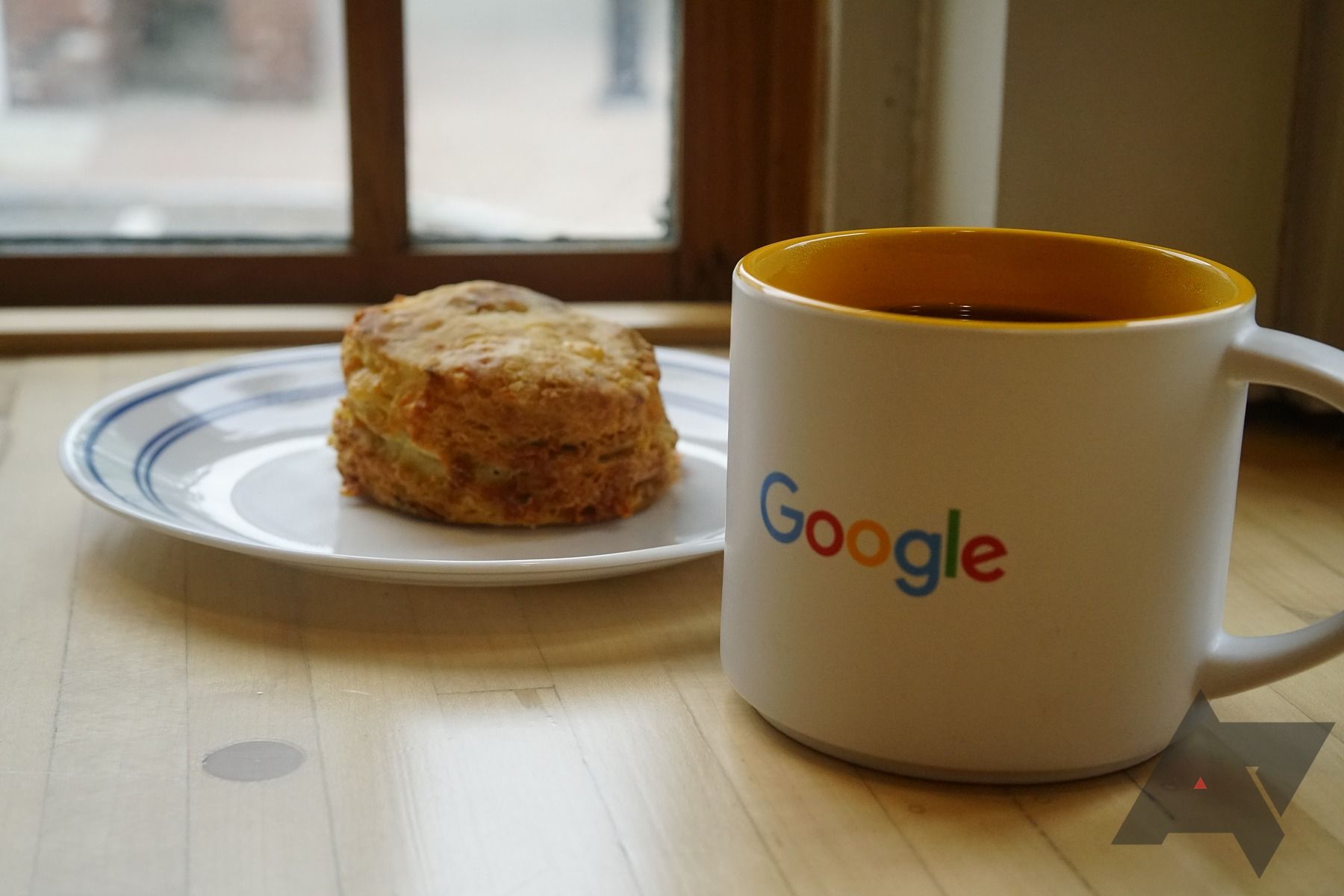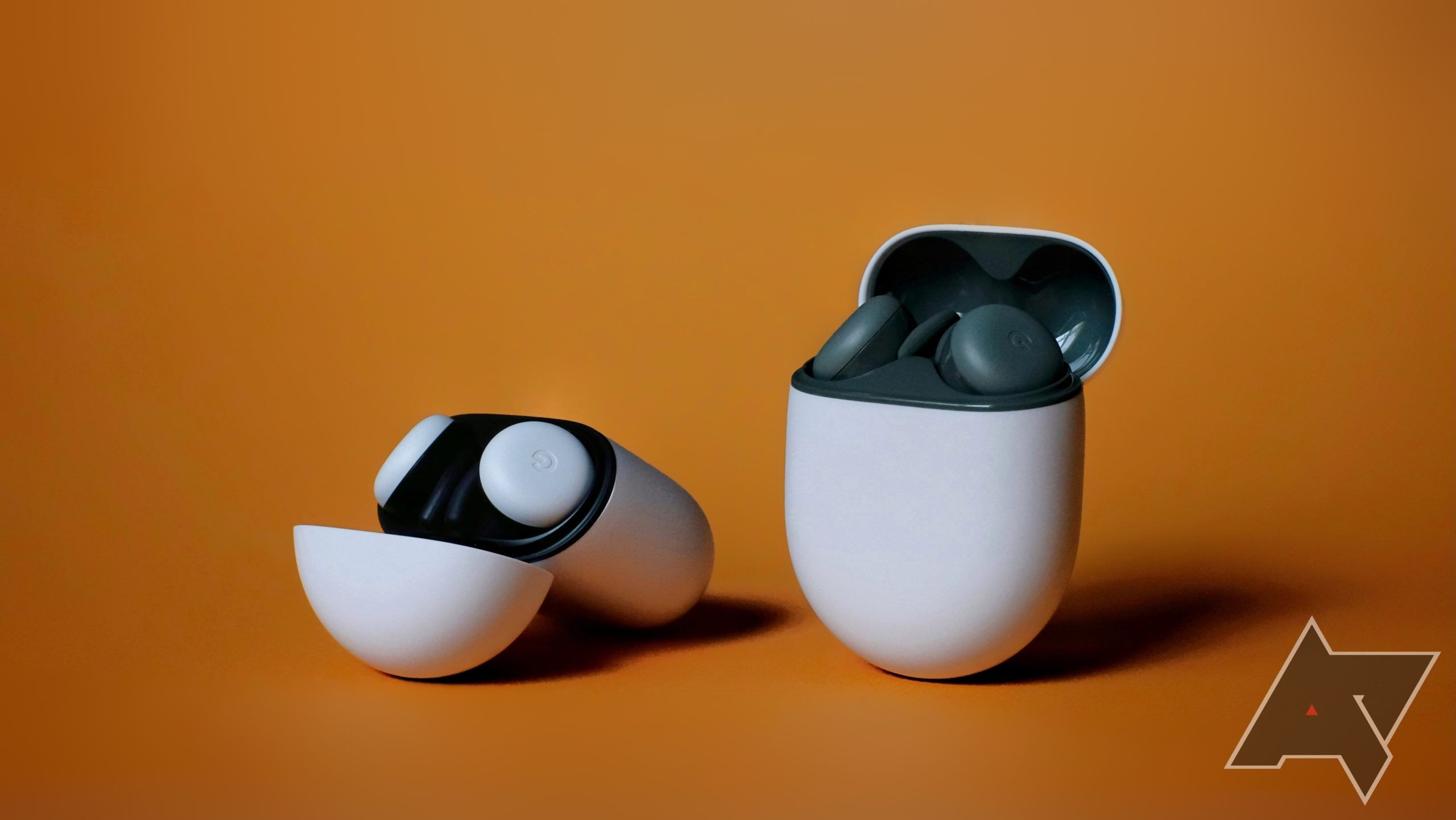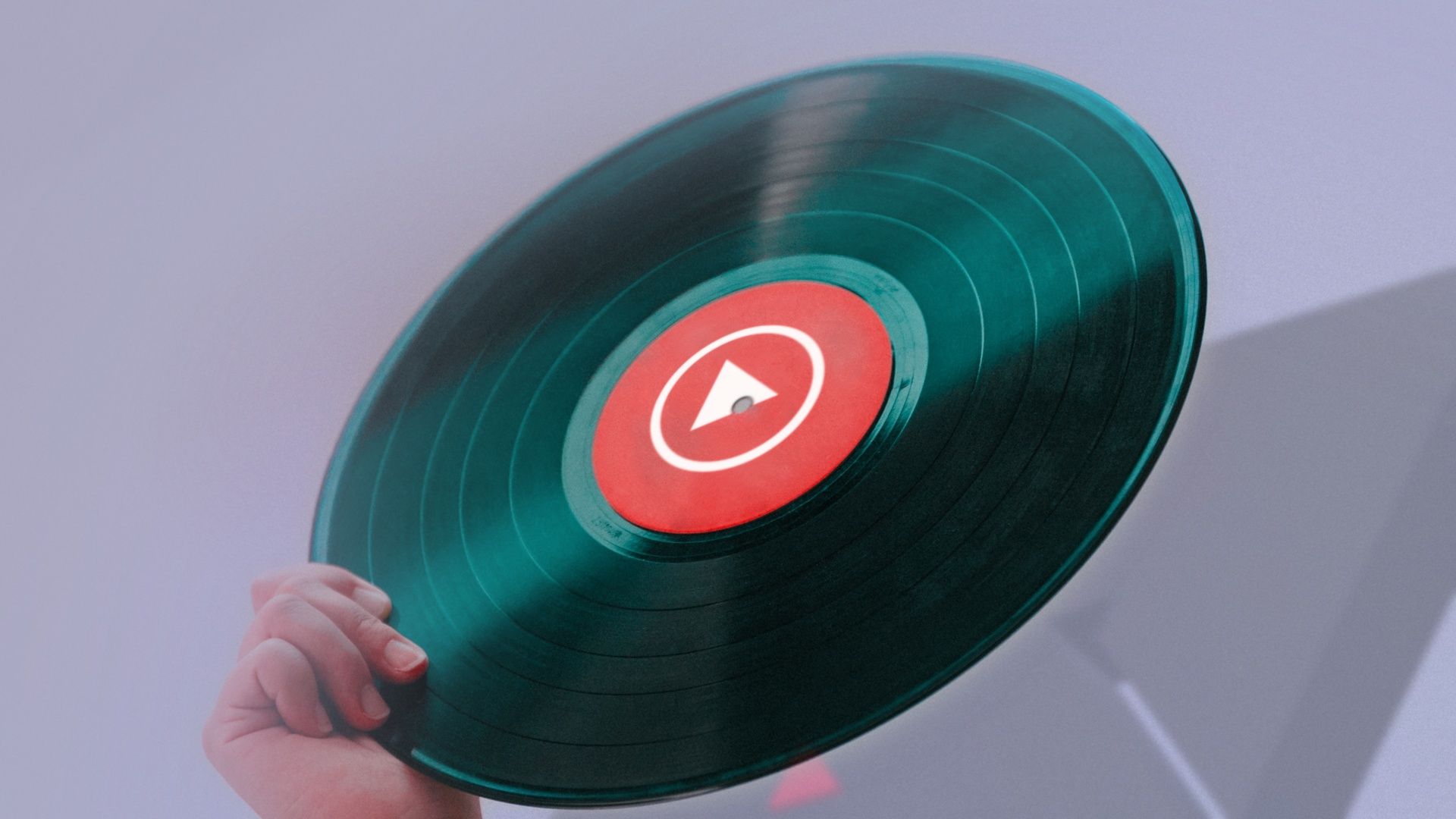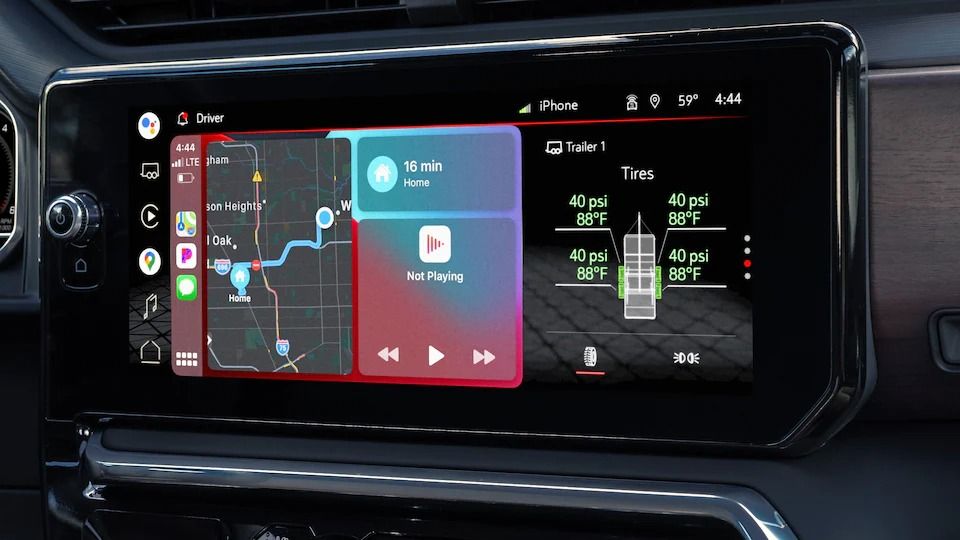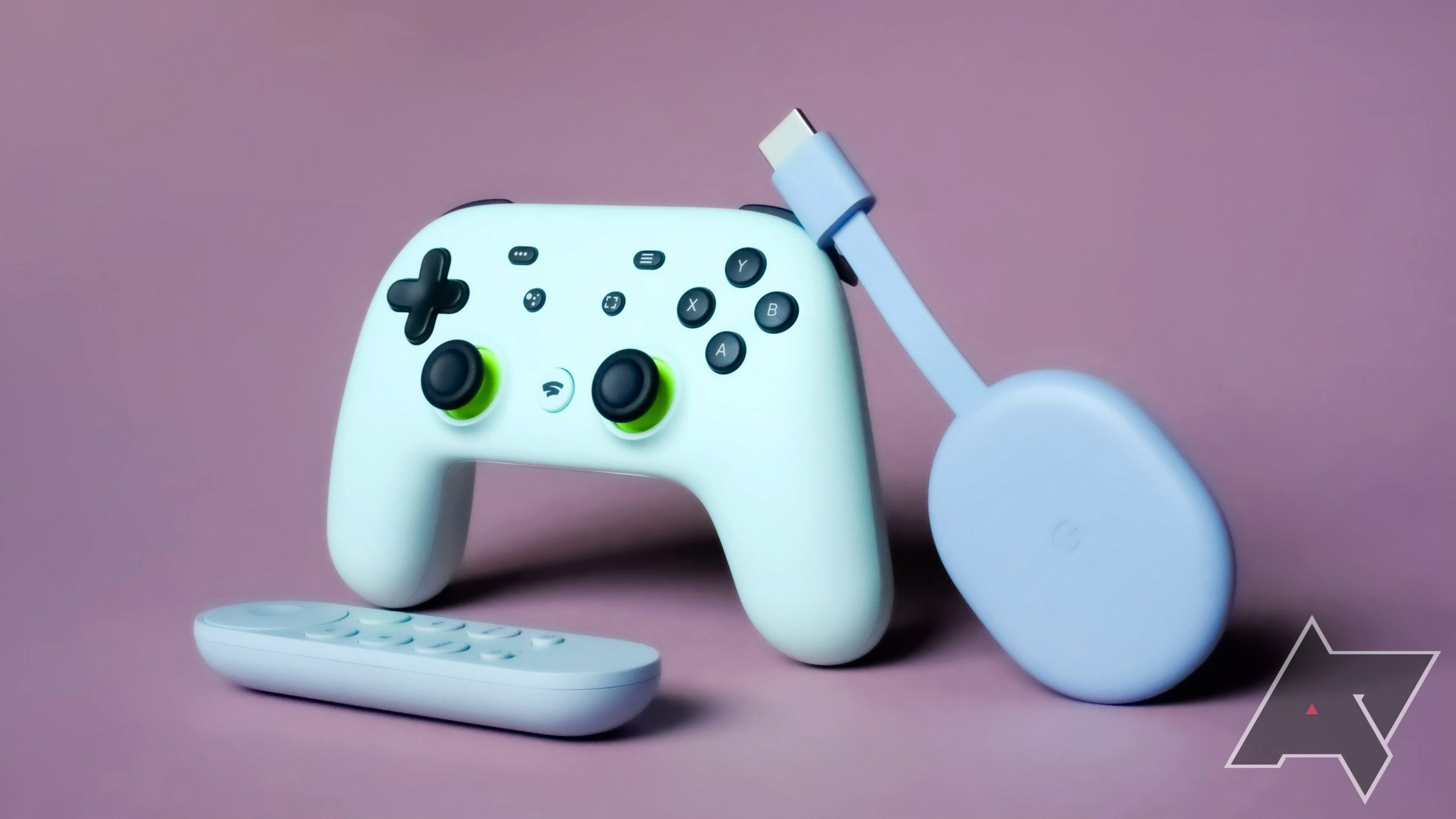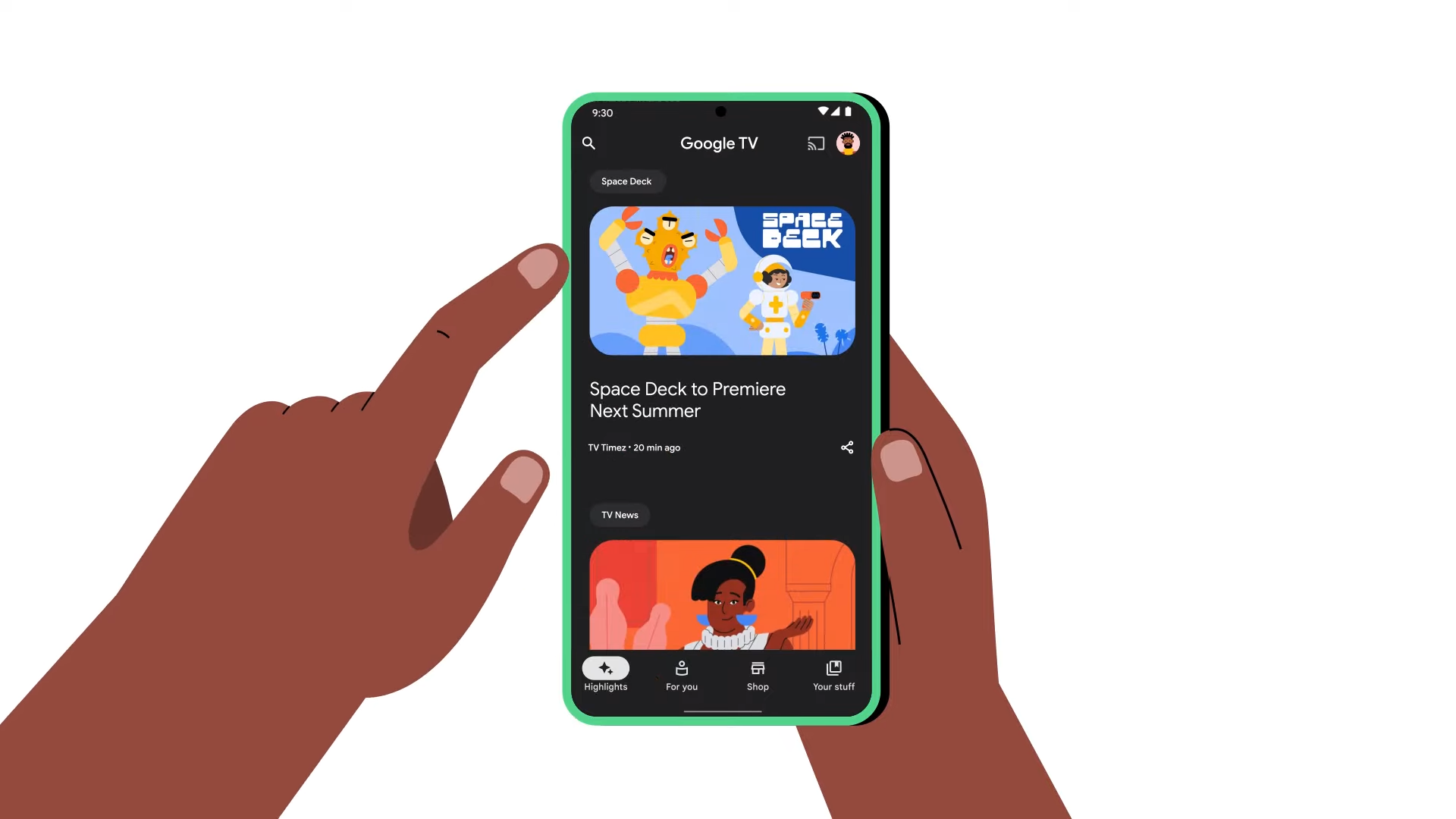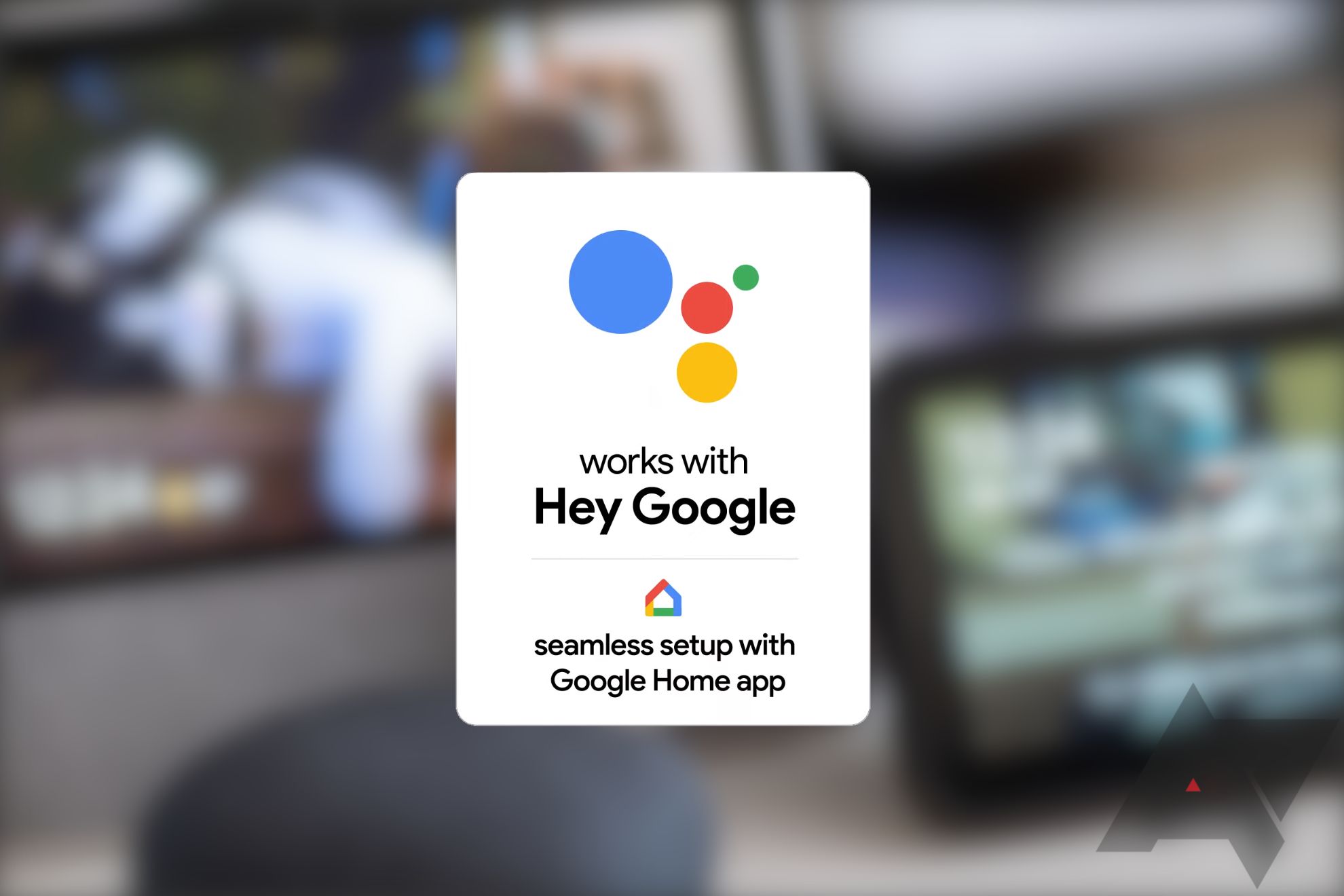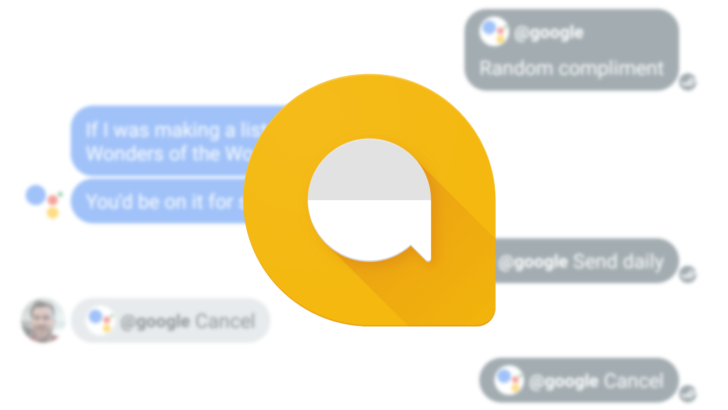At Android Police, we have a generally positive take on a lot of Google's products and services. We are Android Police, after all. But among major players in the tech space, Google seems singularly inept at communicating what its products do and who should use them.
Whether it's multiple distinct products released under the same name, competing apps that do the same thing in different ways, or just changing the name of a service multiple times in the span of a few years, the company's always finding new ways to baffle its customers. Here are a few of our "favorite" Google marketing blunders.
Pixel Buds
Google's been releasing wireless earbuds under the Pixel Buds brand for nearly five years now. The first pair, simply called Pixel Buds, was released in 2017 to icy reception. True wireless earbuds were already becoming popular at the time, and Google's half-hearted attempt to enter the wireless market came with a wire connecting the two halves and an awkward charging case that required spooling that wire up just to put the things away.
Years later, in 2020, Google gave wireless earbuds another shot with a vastly improved true wireless offering, also officially called Pixel Buds. Not Pixel Buds (2nd generation), not Pixel Buds 2—just Pixel Buds.
In a way, it makes sense. The first generation was a spectacular failure that came a couple of years before, so by the spring of 2020, few people recognized the Pixel Buds brand. But we did, and we bet you did, too. It was a strange move that made it look like Google wanted to sweep its first attempt under the rug. (It most likely did want to do that, but that's beside the point.)
While we're on the subject, "Pixel Buds A-Series" is also a head-scratcher of a name. It draws inspiration from Google's A-series phones, which, like the earbuds, are competent mid-range devices. But the phones have names like Pixel 6a; there's never been another A-Series product from Google, before or since the Pixel Buds. Even with existing knowledge of Google's naming schemes, A-Series doesn't communicate much.
Google Pay and Google Wallet
Mobile NFC payments might seem like a relatively new development, but Android phones have been doing it (in some capacity) for over a decade. In 2011, Google Wallet launched on the Nexus S, letting users tap their phones to compatible payment terminals to make purchases.
In 2015, Google Wallet's tap-to-pay functionality was spun out into a new app called Android Pay (the existing Google Wallet app stuck around to handle peer-to-peer transfers). Later, in 2018, Android Pay was renamed Google Pay. The change made sense, considering the payments platform doesn't live entirely on Android devices.
The new Google Pay still lacked peer-to-peer money transfers for a time. To help "simplify" things, Google updated the old Google Wallet to a new app called Google Pay Send, which was explicitly for sending people money. That functionality was eventually folded into Google Pay proper, and Google Pay Send was shuttered.
In 2020, Google Pay underwent an extensive redesign based on Google Pay India, which launched under the name Tez. To migrate users to the new experience, Google offered two versions of the Google Pay app on the Play Store: the traditional Google Pay and a new app listed under GPay. That's actually still the case. You probably have apps called Google Pay and GPay in your app drawer right now.
It'll surely all make sense soon, though, as one of those Google Pay apps is becoming Google Wallet again. Yes, really.
YouTube Red, YouTube Premium, and YouTube Music
YouTube has had difficulty finding success with a traditional subscription-based model. It first tried its hand in 2015 with an offering called YouTube Red. The opaquely named $10-a-month subscription removed ads from YouTube videos and, confusingly, included access to Google Play Music, then Google's streaming music platform. (And vice versa. If you subscribed to Google Play Music, you also had YouTube Red.)
Edited: Jules Wang
In 2018, YouTube shifted strategy, rebranding YouTube Red as YouTube Premium and spinning out YouTube Music into its own app that replaced Google Play Music as Google's Spotify competitor. A YouTube Premium subscription costs $12 a month and includes access to both ad-free videos (and, for a time, included exclusive original content) on YouTube and ad-free music through YouTube Music. You can also get a music-only subscription that doesn't include any video benefits for $10 a month.
Google's logic in branding its music offering as a YouTube product stems from the fact that YouTube is an incredibly popular source for music online. Still, that's surely more a matter of convenience than it is brand loyalty. Given the utterly baffling state of YouTube's products, it makes sense that a lot of users opt for the free YouTube video experience and listen to music somewhere else altogether.
Android Auto and Android Automotive
Google maintains two separate automotive products: Android Auto and Android Automotive. Despite the similar names, they're very different things.
Cars compatible with Android Auto essentially provide a framework that lets your phone display specialized app interfaces through your vehicle's infotainment screen. Android Automotive is a full-blown operating system. It is an OEM-customizable version of Android built into the car that lets you install apps directly to the vehicle, entirely separate from your phone.
Android Auto compatibility is widely available, found in all kinds of models from more than 50 automakers. The more robust Android Automotive is much more exclusive, currently only found in a handful of newer vehicles that include the likes of the Polestar 5 and the Hummer EV.
Android Auto (not Automotive) was also once available as a mobile app that enabled a similar interface directly on your phone, affording owners of older cars access to a nominally more car-friendly interface. That was never meant to be permanent, though. The app was a temporary measure during the development of Google Assistant's driving mode. Evidently satisfied with that mode's functionality, Google shut down Android Auto for phone screens earlier this summer.
Android TV and Google TV
Google was early to the smart TV game. In 2010, the company released Google TV, a version of Android meant to be used on television screens. In 2014, Google shifted gears and renamed the platform Android TV, the branding it's still using today.
Google's latest streaming device is the Chromecast with Google TV. Indeed, the Google TV name has made a comeback as a software layer that sits on top of Android TV, with a more modern (and ad-heavy) interface and, supposedly, better content recommendations. Existing Android TV devices will continue to run Android TV, but most new Android TV devices will run the Google TV interface.
Google Play Movies & TV and Google TV (but not that Google TV)
If the Google TV to Android TV to Google TV transition isn't quite convoluted enough, allow us to make it slightly less digestible. Google has long offered TV show and movie purchases and rentals through the Play Store—it still does. For most of that time, those movies and shows were accessible through an app called Google Play Movies & TV. Poorly branded in its own right, but at least relatively easy to understand.
In 2020, Google Play Movies & TV was replaced with Google TV. No, not that Google TV. We're talking about a separate mobile app, also called Google TV. The app offers a lot of the same content-suggestion functionality as the smart TV interface, and it's also where you can play the videos you buy or rent from Google.
Google is currently in the process of transitioning movie and TV content out of the Play Store entirely, aiming to host it fully within Google TV. The system we'll end up with is actually a lot like Apple's: iPhones and iPads ship with an Apple TV app, where you can buy and rent video content that can be watched within the app on your mobile device or in the corresponding tab on an Apple TV device. It's a fine enough model, but watching it take shape in Google's products in real time is bizarre.
'Works with'
Smart home ecosystems can be frustratingly convoluted; there's always some new standard or other on the horizon that aims to simplify things. For its part, Google hasn't helped matters much. Five years after it introduced a Works with Nest API for developers and accompanying branding for consumers (Nest-compatible devices were labeled as such on their packaging), Google changed gears and replaced both with a new Works with Google Assistant program.
In 2020, the branding changed again to Works with Hey Google. Later that year, the company introduced a second version of this designation with a second badge that indicated compatibility with a "seamless setup" feature.
In May, Google announced that it was rebranding this standard again to Works with Google Home to clarify that it means products with the designation are compatible with Google's smart home ecosystem and not specifically the Google Assistant. The logic of that last move seems sound, at least.
Google Play Edition phones
For a couple of years in the early 2010s, Google sold what it called Google Play Editions of a handful of phones made by Samsung, HTC, Motorola, and Sony that ran stock Android without the OEMs' normal skins applied on top. The name was taken from the fact that the phones were only available for purchase through the Play Store.
It sounds like an Android geek's dream, but absent any advertising to speak of and with device prices in the $600 to $700 range (nearly a decade ago, remember), the Google Play Edition program didn't last long.
Allo and Duo
At I/O 2016, Google announced a pair of new messaging apps: Google Allo and Google Duo. The former was an instant-messaging app with support for now-standard features like typing indicators and read receipts. The latter is a video calling service.
Allo, in particular, was not very good. It launched without a desktop interface of any kind and, despite not being an SMS app (that is to say, you couldn't use it to send standard text messages), it required registration with your phone number. By 2019, with limited interest from consumers, the service was shuttered. Some of its features were folded into Google's Messages client.
Google Duo, by contrast, fared considerably better. The app has proven relatively popular and still exists, even coming pre-installed on many phones. Presenting it as a counterpart to Allo was a bizarre move; the two apps were really only related conceptually.
In true Google fashion, though, the Duo branding will soon disappear as Duo merges with Google's other video calling platform, Meet, which was originally spun out of the now-defunct Hangouts app. At the very least, combining apps with redundant functionality seems like a smart move, especially given Google's propensity to do the opposite.
Too many facepalm branding moments to mention
These are only some highlights. Google's history is littered with examples like these. It's easy to poke fun, but products and services can live or die based on how they're packaged and presented to consumers. Google's inability to consistently do this well is surely part of why the company has a reputation for abandoning so many projects.
But with its recent efforts to streamline offerings, the company seems to be showing an awareness of the problem, and, at times, Google manages to get things just right—like its stunning Japanese campaign for the Pixel 6.

